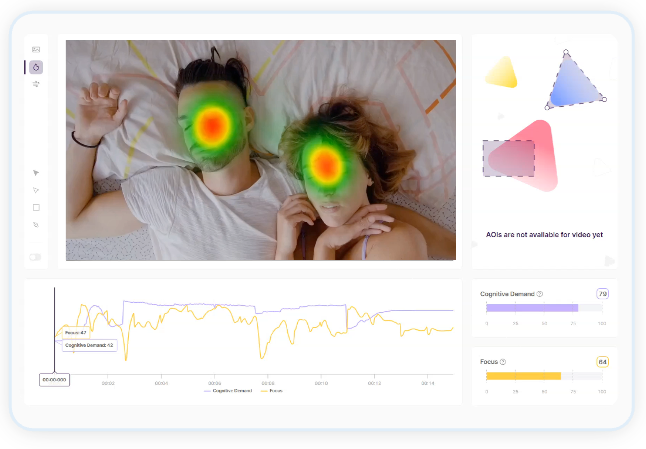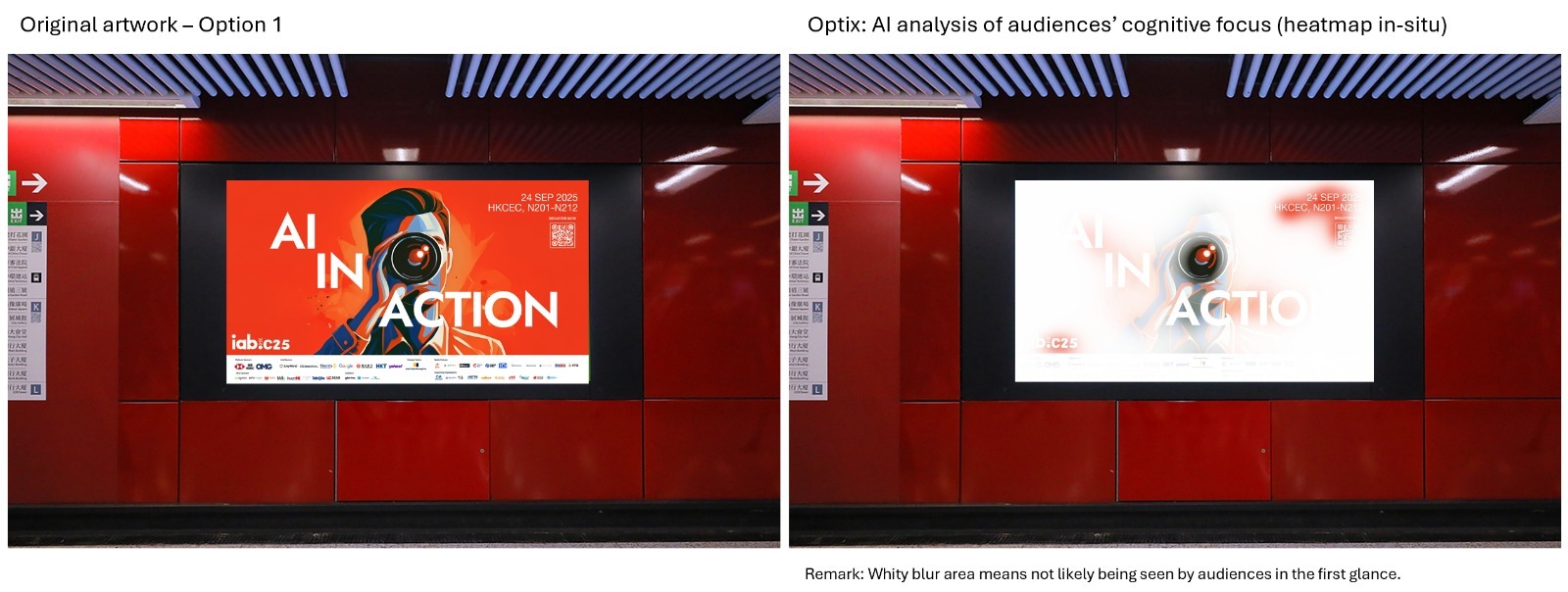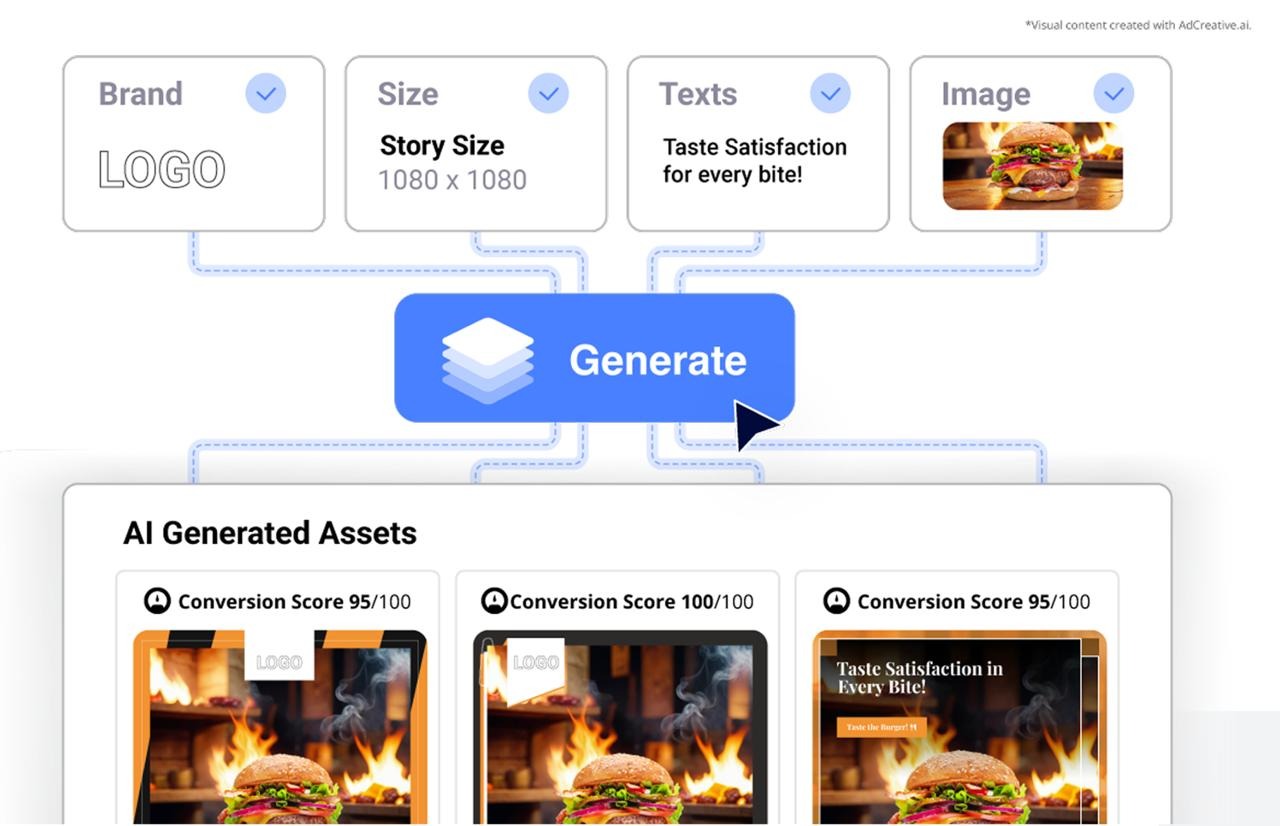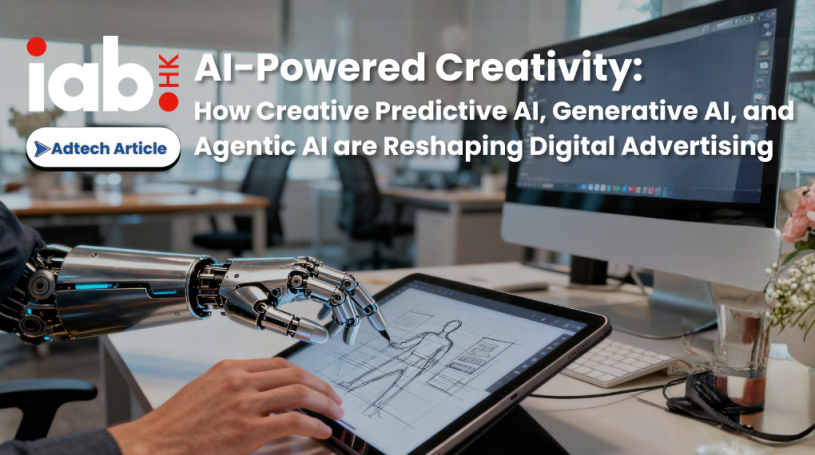AI-Powered Creativity: How Creative Predictive AI, Generative AI, and Agentic AI are Reshaping Digital Advertising
Introduction
Artificial intelligence is revolutionizing the way brands approach creativity in digital advertising. From harnessing creative predictive AI to forecast campaign performance, to leveraging generative AI (GenAI) for producing compelling visuals and copy at scale, AI-powered tools are empowering marketers to break new ground in engaging audiences. Additionally, dynamic creative optimization (DCO) enables brands to deliver highly personalized ad experiences in real time, maximizing relevance and impact. In this article, we’ll explore how these AI-driven innovations are transforming the creative process, enabling brands to work smarter, faster, and more effectively in today’s competitive digital landscape.
Creative Predictive AI
The evolution of AI has introduced a new paradigm for creative optimization, shifting the focus from intuition to data-driven insights. Through the convergence of advanced computer vision and emotion AI, technology can now conduct sophisticated pre-campaign analysis by studying audience attention, emotional responses, and cognitive engagement with creative assets.
This AI-powered approach provides a scientific framework for understanding what truly resonates with viewers. By analyzing where the audience looks and how their emotional and cognitive states shift over a video's timeline, it generates detailed visual heatmaps that predict a viewer's response with a high degree of accuracy. This process goes beyond simple testing, offering actionable intelligence on which creative concepts are most effective at capturing attention, conveying key messages, and sustaining viewer interest.
With these insights, brands and creators can make informed decisions to refine layouts, adjust visuals, and optimize storytelling to maximize a campaign’s impact and return on investment. The ability to conduct data-backed A/B tests allows for direct comparison of creative variations, ensuring that the final assets are not only visually compelling but are also optimized to achieve core business objectives and enhance overall creative effectiveness.


Generative AI has already redefined creative production in digital advertising
What once took weeks of effort and significant resources can now be delivered in hours. From images and video to copy and interactive formats, AI is turning simple product assets into high-performing creative campaigns. For example, generative AI–powered platforms can automate the production of product videos, UGC content, and even playable ads—while embedding compliance checks and performance predictions—it transforms creative development from a bottleneck into a growth driver. The result? Faster turnarounds, more personalized campaigns, improved ROAS, and in some cases, double the video views of comparable efforts.
But Generative AI is just the beginning. The next frontier is Agentic AI marketing—where autonomous agents don’t just create assets, but orchestrate entire campaign journeys. These agents continuously optimize creatives, audiences, placements, and budgets in real time, with every decision aligned to ROI goals. Unlike traditional AI’s “one-command, one-response” loop, Agentic AI can plan multi-step strategies, interact with external systems, and learn as it goes, shifting AI’s role from a task automator to a true collaborative partner.
For enterprises, this evolution is not about novelty, but about capability: seamless access to data, faster execution, and smarter decisions. To get ready, marketers should focus on three priorities:
1. Choosing domain-specialized Agents with proven industry expertise.
2. Setting clear, measurable goals to guide autonomous execution.
3. Empowering human talent to focus on brand strategy and originality.
By combining the creative efficiency of Generative AI with the adaptive intelligence of Agentic AI, this synergy—creative power amplified by autonomous collaboration—positions brands to thrive in the next era of marketing.

How AI Accelerates Dynamic Creative Optimization (DCO)
In today’s crowded media environment, brands face immense pressure to stand out. With countless ads competing for attention, the challenge is not only to create engaging content, but also to do it quickly, at scale, and with precision. This is where Dynamic Creative Optimization (DCO) comes in.
At its core, DCO automatically assembles creative elements such as headlines, visuals, and calls-to-action, into tailored ad experiences that adapt to different audience segments based on real-time signals. The result is personalization at scale, and the core behind this technology is Predictive AI.
Predictive AI powers the intelligence behind DCO. By analyzing audience behavior and context, it predicts which creative combinations will resonate most. This becomes especially powerful in dynamic scenarios:
1. Ads adapting to real-time flight price data, surfacing best deals for destination-specific travelers.
2. Ads responding to live weather feeds, promoting sunscreen on a sunny day or moisturizer during colder, drier conditions.
3. Dynamic retargeting, where a shopper browsing skincare sees an ad featuring the exact product they viewed, while another sees sunscreen served instantly based on behavior.
Yet one of the biggest hurdles for DCO adoption has been the manual effort required to design countless creative variations. This is where Generative AI comes in. Fueled by advances in image and video large language models (LLMs), Generative AI addresses this by producing brand-aligned creative assets automatically. Even plain or “boring” product shots can be transformed into beautiful lifestyle visuals, short videos, or multiple ad formats, keeping campaigns fresh and engaging.
Together, Generative AI and Predictive AI make DCO faster, smarter, and more impactful. Still, human oversight remains essential. Brand compliance, tone, and authenticity must be safeguarded, ensuring AI-driven efficiency is balanced with creative integrity.
Conclusion
Artificial intelligence is reshaping digital ad creativity by combining predictive insights, generative production, and real-time personalization. Creative predictive AI uses computer vision and emotion analysis to forecast viewer responses, guiding layout, storytelling, and A/B tests to maximize ROI. Generative AI accelerates asset creation—images, video, copy, and interactive formats—turning simple inputs into high-performing campaigns with faster turnarounds and improved ROAS. Emerging Agentic AI autonomously plans and optimizes multi-step campaigns across creatives, audiences, placements, and budgets. For adoption, marketers should select domain-specific agents, set clear goals, and elevate human strategy. In DCO, predictive and generative AI enable scalable, brand-safe personalization driven by live signals.
Author: | |
Jonathan Chan |  |
|
|
Jeff Chan |  |
| Article launched on 15/10/2025 |
Contributor: | |
Apple Chu | |
| |
| Travis Teo Co-Founder and Executive Director Adzymic |
APPENDIX
About the IAB (Hong Kong)
The Interactive Advertising Bureau (Hong Kong) empowers the media and marketing industries in Hong Kong, to thrive in the digital economy. It is comprised of more than 100 leading media and technology companies that are responsible for selling, delivering, and optimizing digital campaigns. Working with its member companies, the IAB (Hong Kong) evaluates and recommends standards and practices and fields critical research on interactive advertising.
Please address any questions or comments about this blog to
IAB (Hong Kong) Secretariat Office- info@iabhongkong.com


